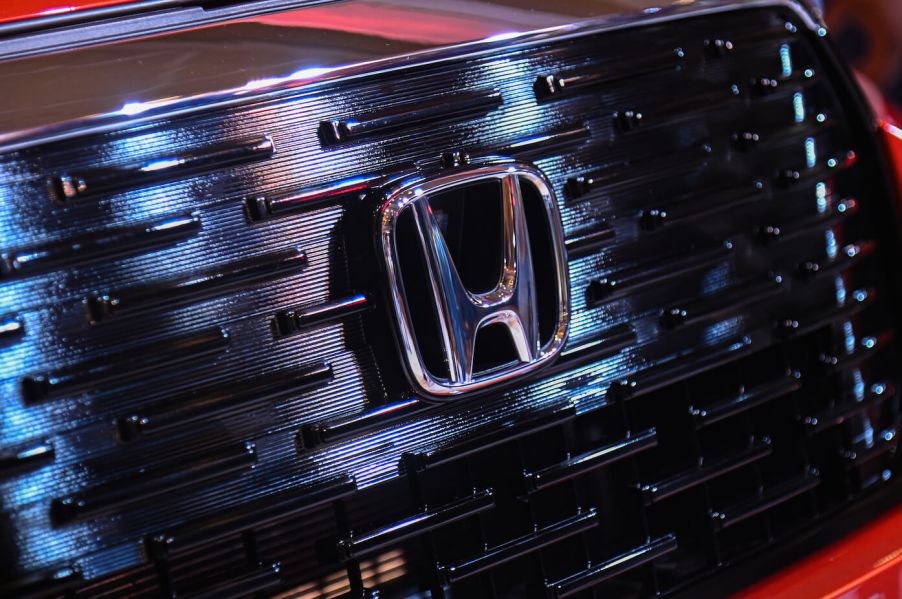
All the Major Manufacturers Are Seeing Huge Gains in 2023
Year-to-date (YTD) car sales are up for all major passenger car manufacturers compared to this time last year, and it appears that nothing can stop Honda. In a report released by GoodCarBadCar, Toyota Motor Corp. remains the top manufacturer overall but with the lowest growth. However, Honda Motor Company is seeing a huge amount of growth YTD.
The biggest reasons for sales growth appear to be improvements in the supply chain distribution of semiconductor chips. Although supply chain issues remain, automakers have managed to get their hands on enough chips to see sales elevate. The automobile industry appears to be recovering from pandemic challenges.
Despite supply chain improvements, the biggest automakers continue to struggle with some remaining supply issues. Additionally, worker strikes could impair their ability to get cars to the consumer.
Honda’s unexpected new car sales growth and Toyota’s stagnate growth
Honda’s monthly car sales increased by 48.34%, rising from 71,461 units in August 2022 to 106,004 units in August 2023. The company’s overall sales in August 2022 were 648,903 units, and they were 849,298 units in August 2023. That’s a 30.88% increase.
Only Mazda and Volvo experienced similar YTD changes, but they make up a significantly smaller portion of the market. Toyota, America’s leading car brand, sold 187,791 cars in August, but that was only 13.94% more than in August 2022. Their overall sales increases for the year are at 3.74%.
What has stimulated Honda’s sales growth and stagnated Toyota car sales? It might be the Honda vehicle lineup, which includes the all-new CR-V, HR-V, and Pilot SUVs. It might also be that Toyota’s tech specs are somewhat archaic compared to Honda’s updated features. In fact, Honda Accord sales are catching up to the Toyota Camry.
Used cars, worker strikes, and supply chain shortages
Although the used car market appears to be correcting itself after new car manufacturing shortfalls caused by supply chain disturbances, the U.S. new car vehicle market is not out of trouble yet. A U.S. auto workers union, United Auto Workers, is preparing to strike.
UAW contracts with GM, Ford, and Stellantis. The strike is in response to unanswered requests for increased pay and would be the first strike since 2019. A UAW strike could cause supply chain disruptions and economic downturns in the auto industry.
However, a strike could also bolster demand for foreign vehicles such as Honda and Toyota. The UAW has tried to get involved in these automakers’ U.S. plants without success.
Amid the UAW negotiations, there are still supply chain shortages causing trouble, albeit less trouble, since the pandemic shutdown. Recently, Toyota assembly lines in Japan were shut down due to computer errors. The auto industry is struggling with supply chain issues regardless of the world’s health crises.
All of these problems could resurrect increased demand and high prices for used vehicles. It could also increase prices but limit the supply of new cars.
Big automakers have a positive outlook for 2023 car sales
Supply chain corrections and new designs have been a positive aspect for big auto manufacturers like Honda. Toyota similarly continues to grow minimally with the largest share of the U.S. market. The future of big automakers is untold.
Many automakers are dropping the dealership model, and with worker strikes and continued supply chain difficulties, the future is uncertain for any automaker. There are also rising interest rates to manage. Honda’s growth may be indicative of its innovation despite a difficult manufacturing environment. Counter to this, it may be the used car market that continues to grow.
For the present time, all major manufacturers are seeing sales growth in 2023, and car sales continue to thrive in the U.S. despite skepticism about how long that will last.



